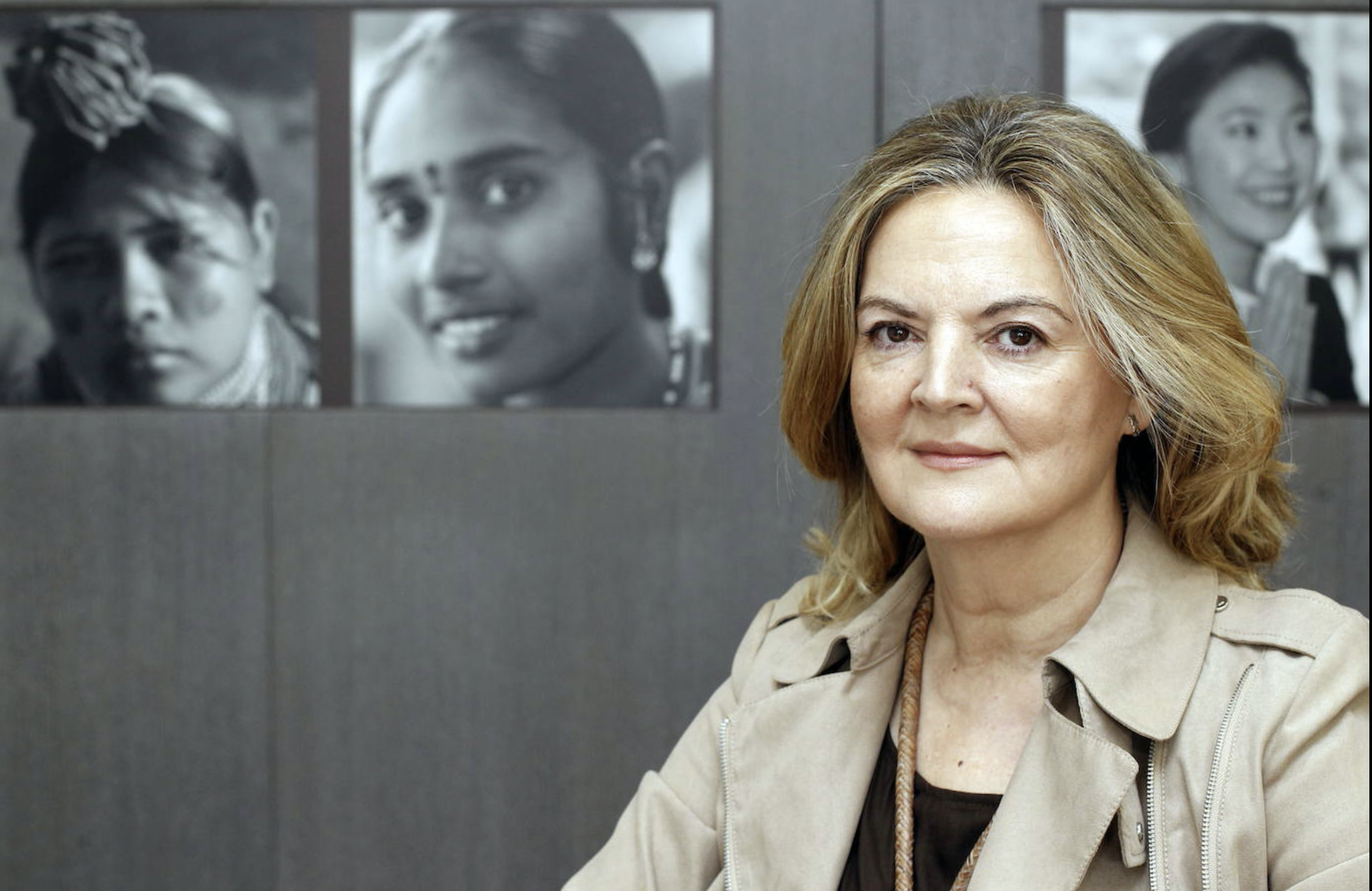Pilar Mateo's scientific and research activity has been driven for years by the need to put Science at the service of people who need it. She shares, with other scientists like Eleanor Omerod (1828-1901) , her interest in solving problems caused by insects to indigenous communities (in the case of Pilar Mateo), or ranchers and farmers (in the case of Eleanor Omerod).
Pilar Mateo is one of the many Spanish scientists, among whom are Alicia Calderón, a physicist who participated in the discovery of the Higgs Boson, Elena García Armada, creator of the bionic exoskeleton called Atlas 2020, or Mara Dierssen, an expert in neurobiology and pharmacology, considered at the forefront of international research.
Precursors of Pilar Mateo were Rachel Carson (1907-1964), marine biologist, zoologist and writer, who concluded after several studies that pesticides were destroying the environment, the conservationist Beatrix Potter and the nature photographer, writer and ecologist Jane Stratton-Porter. Shirley Briggs, as well as being an ornithologist and naturalist, collaborated in her work as a photographer.
The scientist Theo Colborn continued to research and publish on toxic chemicals, extending Rachel Carson's legacy. Frances Oldham Kelsey, a contemporary and connoisseur of Carson's work, worked in pharmacological medicine and prevented the use of thalidomide in the USA, which prevented the tragedy that occurred in other countries.
